PRESS RELEASE
FOR IMMEDIATE RELEASE:
September 14, 2020
CONTACT:
Erin Hillert
Marketing & Communications Manager
James River Association
ehillert@thejamesriver.org
608.239.2644
James River Association Receives $1,000,000 Grant from the
Chesapeake Bay Stewardship Fund for Living Shoreline Collaborative
The National Fish and Wildlife Federation (NFWF), in partnership with the U.S. Environmental Protection Agency and the Chesapeake Bay Program, is awarding the James River Association (JRA) a $1,000,000 grant for water quality improvements in the James River through a Living Shorelines Collaborative. The Grant comprises part of NFWF’s 2020 funding for Chesapeake Bay Stewardship Fund projects. 56 restoration and water quality improvement grants were awarded for a total of $18.06 million, with an dditional $18.9 million match from the grantees bringing the grand total to nearly $37 million. The Living Shoreline Collaborative is a recently formed group of regional and state artners working together to scale up implementation of resilient practices along shorelines in the tidal James River watershed. This collective effort includes partners from various sectors including nonprofits, academia, local governments, and shoreline professionals. Partners include the Elizabeth River Project, Wetlands Watch, Virginia Institute of Marine Science, Colonial Soil and Water Conservation District, the Department of Conservation and Recreation – Shoreline Erosion Advisory Service (DCR-SEAS), the Chesapeake Bay Foundation, and Dialogue + Design. Together, the Collaborative is working to restore sections of the tidal James River and its tributaries through living shorelines, a green infrastructure technique that stabilizes shorelines using natural materials and native vegetation to improve water quality, build resilience, reduce erosion, create habitat, and protect marsh areas.
“Living shorelines are a critical piece of restoring the tidal reaches of the James River watershed,” says Emily Hinson, Lower James Outreach Manager with the James River Association. “Living shorelines incorporate nature into shoreline protection, thereby reducing erosion while improving water quality, providing habitat, and enhancing the scenic beauty of the James. It will require a coordinated effort to achieve Virginia’s goal of implementing over 79,000 linear feet of living shorelines in the James River
watershed by 2025. The Living Shoreline Collaborative will bring the necessary partners to the table to address this goal.”
Since 2019, the Collaborative has promoted living shorelines by engaging stakeholders through workshops, Chesapeake Bay Landscape Professional training, and a Living Shoreline Summit. The Collaborative is currently in the process of installing three living shoreline demonstration projects in Prince George, Isle of Wight, and Smithfield, and two green infrastructure projects in the City of Hampton. Over the next three years, JRA is partnering with the Elizabeth River Project to install 2,861 linear feet of living shorelines in the Lower James. These efforts are made possible through support from the National Fish and Wildlife Foundation’s National Coastal Resilience Fund and the Virginia Environmental Endowment.
“We know that this goal will require a well-coordinated, regional collaboration and a cadre of living shoreline practitioners,” says Shereen Hughes, Assistant Director of Wetlands Watch. “Wetlands Watch looks forward to working with our experienced LSC partners and the Chesapeake Bay Landscape Professional (CBLP) program to build a living shoreline contractor training and monitoring program, grow the LSC, and overcome the barriers to living shoreline use in Virginia.”
This $1,000,000 grant through NFWF’s Innovative Nutrient and Sediment Reduction program will allow for an expansion of the existing Collaborative by funding living shoreline training, monitoring, and outreach efforts as well as by investing in the Collaborative itself. JRA will partner with the Colonial Soil and Water Conservation District to install 940 linear feet of living shorelines on agricultural land along the James River.
For more information please visit www.thejamesriver.org/livingshorelines.
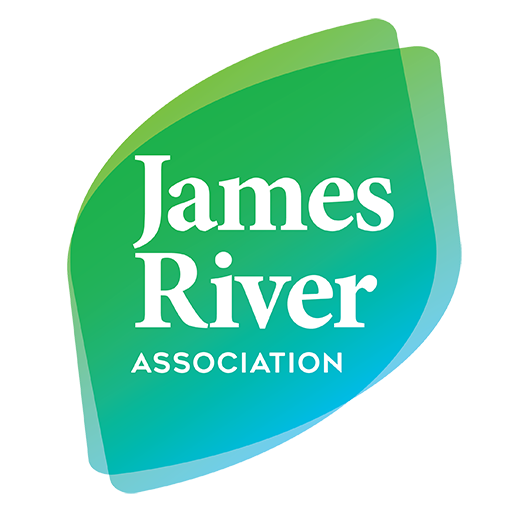
ABOUT THE JAMES RIVER ASSOCIATION: The James River Association is a member-supported nonprofit organization founded in 1976 to serve as a guardian and voice for the James River. Throughout the James River’s 10,000-square mile watershed, the James River Association works toward its vision of a fully healthy James River supporting thriving communities. The James River Association believes that “when you change the James, the James changes you”. With offices in Lynchburg, Richmond, Williamsburg, and Scottsville, the James River Association is committed to protecting the James River and connecting people to it. For more information visit www.thejamesriver.org.
ABOUT THE NATIONAL FISH AND WILDLIFE FOUNDATION: Charted by Congress in 1984, the National Fish and Wildlife Foundation (NFWF) protects and restores the nation’s fish, wildlife, plants and habitats. Working with federal, corporate and individual partners, NFWF has funded more than 4,500 organizations and committed more than $5.3 billion to conservation projects. Learn more at www.nfwf.org.
ABOUT THE CHESAPEAKE BAY STEWARDSHIP FUND: The Chesapeake Bay Stewardship Fund is a pooled grant fund managed by National Fish and Wildlife Foundation and made possible through significant annual funding from EPA’s Chesapeake Bay Program Office, the Natural Resources Conservation Service, U.S. Forest Service, and U.S. Fish and Wildlife Service, corporate and foundation partners.
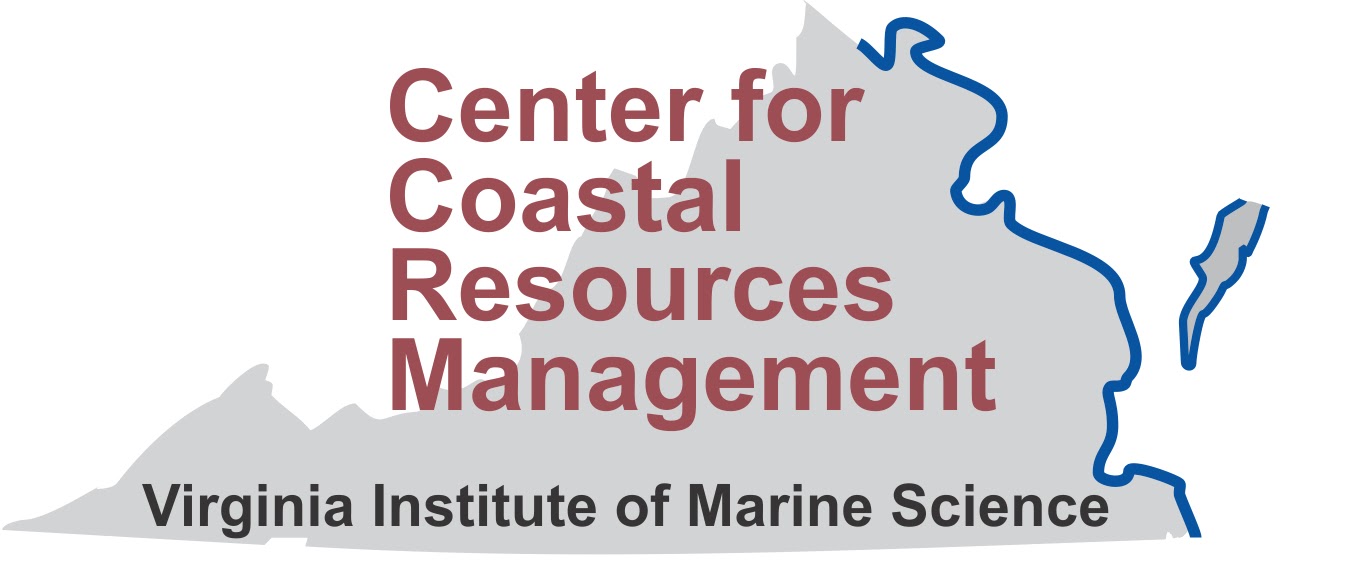
ABOUT THE CENTER FOR COASTAL RESOURCES MANAGEMENT AT THE VIRGINIA INSTITUTE OF MARINE SCIENCE: The Center for Coastal Resources Management (CCRM) has a formal mission to support informed decision-making on resource management issues at all levels of government, including private and corporate citizens. To fulfill this mission, the Center undertakes research, provides advisory service in wetlands management, and conducts outreach education. For more information visit https://www.vims.edu/ccrm/index.php.
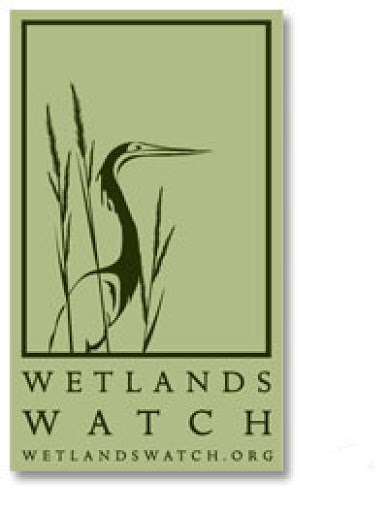
ABOUT WETLANDS WATCH: Wetlands Watch is a 501 (c) 3 nonprofit organization, based in Norfolk, Virginia, working statewide on the conservation and protection of wetlands. Wetlands Watch is small, smart, and growing, having evolved in a measured and careful way since its start in 1999 as a group of local activists to become a statewide organization. We work to address today’s challenges through planning, policy and actions to prepare for and adapt to future conditions driven by climate change. In 2002 we realized that Virginia could lose 40 to 80% of its tidal wetlands with 2 feet of sea level rise. Now we focus on accelerating resiliency in Virginia through the use of natural and nature-based practices for stormwater management, flood mitigation, and shoreline management. This will require a properly trained workforce to implement and manage these nature-based practices, so in 2014, we partnered with the Chesapeake Conservation Landscaping Council and others to create and manage Chesapeake Bay Landscape Professional (CBLP) training and certification program. For more information visit http://wetlandswatch.org/.
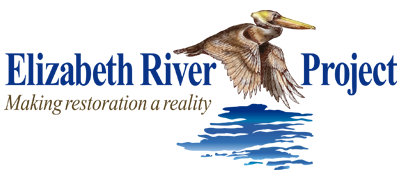
ABOUT THE ELIZABETH RIVER PROJECT: The Elizabeth River Project is an independent, 501-©(3) non-profit organization incorporated in 1993 that is leading community efforts to restore the environmental health of the Elizabeth River watershed, while affirming her value to the port economy. The mission of the Elizabeth River Project is to restore the Elizabeth River to the highest practical level of environmental quality through government, business and community partnerships. For more information visit www.elizabethriver.org or stop by our office at 5205 Colley Avenue, Norfolk, VA to learn more about what you can do for the Elizabeth River!
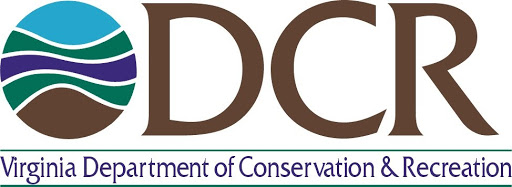
ABOUT THE SHORELINE EROSION ADVISORY SERVICE: The Shoreline Erosion Advisory Service (SEAS), a program of the Virginia Department of Conservation and Recreation, was established in 1980 as a resource for shoreline landowners and communities. SEAS provides free technical assistance to property owners, localities, and state and federal agencies experiencing shoreline or streambank erosion. Services SEAS can provide include site investigations, written advisory reports, design and plan reviews, construction inspections, and guidance on available financial incentive programs. SEAS is also working to identify shoreline management practices that qualify for Chesapeake Bay TMDL pollutant reduction credits, and verify and report those practices as part of the Commonwealth’s efforts to meet Phase III Watershed Implementation Plan goals. For more information, visit https://www.dcr.virginia.gov/soil-and-water/seas.
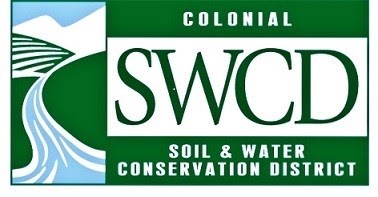
ABOUT THE COLONIAL SOIL AND WATER CONSERVATION DISTRICT: The Colonial Soil and Water Conservation District (District) is a political subdivision of the Commonwealth of Virginia serving the localities of Charles City, James City, New Kent, Williamsburg, and York. The District provides technical recommendations and financial incentives to landowners and operators for the voluntary adoption of conservation measures which address local natural resource concerns. To learn more about the District visit www.colonialswcd.net.
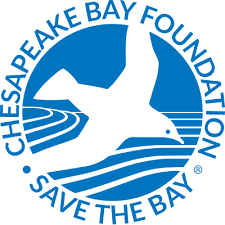
ABOUT THE CHESAPEAKE BAY FOUNDATION: Since 1967, the Chesapeake Bay Foundation (CBF), the largest regional, tax-exempt non-profit working to Save the Bay, has fought for effective, science-based solutions to reduce the pollution degrading the Chesapeake Bay watershed. CBF works to Save the Bay through five main programs: policy advocacy, environmental education, selective litigation, environmental restoration, and strategic public communications. With offices in Maryland, Virginia, Pennsylvania, the District of Columbia, and 15 environmental education centers, CBF is leading the way in restoring the Bay and its rivers and streams. We are dedicated to reducing pollution, improving water quality, and creating a healthier environment for the 18 million people and 3,600 species of plants and animals that make this region their home. For more information, visit cbf.org.

ABOUT DIALOGUE + DESIGN: Dialogue + Design Associates is a multi-disciplinary, public-interest design firm that helps community members, localities, and organizations build a strong, resilient future through collaboration, architecture, and environmental planning. Founded in 2005, Dialogue + Design is a woman-owned business based in Charlottesville with focus areas in the Chesapeake Bay and in central Appalachia. Additional information is available at www.dialogueanddesign.com.

